Review
Hyundai is probably not the first brand that comes to mind for those in the market for a sporty premium saloon car, but, since the launch of its Ioniq 5, last year, the Korean carmaker is successfully making bold moves into new markets.
With the Ioniq 6, Hyundai has its sights firmly set on those user-chooser drivers who are in the market for a Tesla Model 3 or BMW i4, seeking a long range and an engaging drive.
Its sleek body has been designed with aerodynamics in mind, which helps to maximise how far the car can travel between charges. Up to 338 miles is possible, according to WLTP.
Under the skin, the Ioniq 6 shares a platform with the Ioniq 5 and the two cars have a similar footprint. It would have been quite easy for Hyundai to simply re-skin the Ioniq 5, but the two cars are markedly different.
It’s one of the most impressive elements of Hyundai’s E-GMP platform, which is also the base for the Kia EV6 and Genesis GV60. Each vehicle has a distinct character, both in look and feel, but utilises the same efficient electric powertrains.
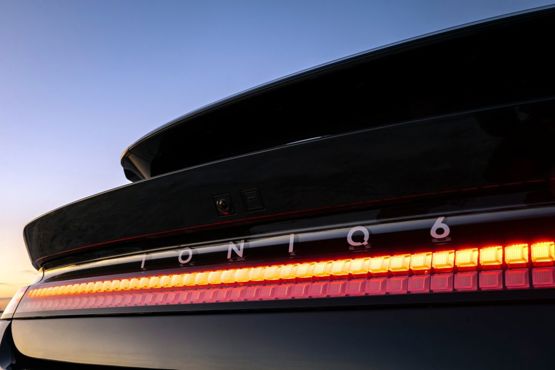
Appearances can be deceptive and the Ioniq 6 certainly looks a lot smaller than it is. Its external proportions place it somewhere between a BMW 3 Series and 5 Series but interior space is more than on par with the latter, especially in the rear where leg room is significant.
Once inside, it’s clear just how different the Ioniq 6 is compared with its stablemate. The driving position is low, while the familiar dashboard gains a centre console that combines with the door panels to create a wrap-around cocoon for the driver.
The sportier driving position is just the start, though. Once you set off it becomes apparent that Hyundai engineers have put in a lot of work on the Ioniq 6’s chassis to alter its driving dynamics.
A firmer suspension set-up and weightier steering combine with the car’s lower centre of gravity to give a greater sense of engagement. It’s not as aggressive as one of Hyundai’s N Division cars, but more confidence-inspiring than the comfort-focused Ioniq 5.
A harsher ride is apparent in urban areas, where the roads are littered with speed bumps and potholes. In part, this is due to Hyundai’s decision to fit 20-inch wheels as standard across the range. But, the Ioniq 6 isn’t uncomfortable. On A-roads and motorways it glides along and remains largely unflustered. The aerodynamic advantages are also apparent by the lack of wind noise, providing the sort of relaxing drive you’d expect from a premium segment model.
Two versions of the Ioniq 6 are available, both powered by a 77kWh battery. The Rear Wheel Drive uses a single motor and develops 228PS, while the All Wheel Drive uses two motors for an output of 325PS. The lower-powered car is the range champion, promising up to 338 miles per charge and delivering a real-world performance of around 280 miles and 3.8mi/kWh.
We’ve only driven the single motor car and we found the performance to be a tad underwhelming in relation to how the car looks and handles. Compared with cars like the i4 and Model 3, which serve up a healthy shove of power when you call for it, the Ioniq 6 has a softer throttle response which makes it feel a bit heavy and lethargic in comparison.
Adding the second motor is likely to provide the missing performance – based on our experience in the Ioniq 5 and Kia EV6 – but will also reduce the car’s range potential by around 30 miles.
When it comes to re-charging, the Ioniq 6 is compatible with the fastest 350kW public chargers and can replenish its battery from 10% to 80% in just 18 minutes. There’s also a battery-conditioning feature, which ensures the car is ready to rapid charge as soon as it’s plugged in.
Prices start at £46,690, making the Ioniq 6 the second most expensive model to use E-GMP. But, thanks to its improved efficiency and strong residuals, it’s also the model with the lowest running costs.
We’d be tempted by the £50,190 All Wheel Drive, which offers greater performance at a price point that still undercuts BMW’s i4 by almost £6,000. The Ioniq 6 isn’t the class leader here, the i4 still owns that trophy, but it’s a commendable effort and, once again, establishes Hyundai as a major player in segments it previously never attempted to compete in.
Matt has been an automotive journalist for nine years and has driven just about every new car and van that's on sale. As content editor - vehicles he is responsible for the automotive content on Fleet News and also contributes to Automotive Management. Prior to this, Matt worked in the automotive industry for 10 years.


Specs
| Manufacturer | Hyundai |
| Model | IONIQ 6 |
| Specification | IONIQ 6 Saloon 4Dr 0.0Electric 77.4kWh 228 Premium Auto 23MY |
| Model Year | 0.00 |
| Annual VED (Road tax) | £0 |
| BIK List Price | £46,690 |
| CO2 | N/A |
| BIK Percentage | 2% |
| Insurance Group | N/A |
| CC | N/A |
| Fuel Type | Electric |
| Vehicle Type | Large family car |
| Luggage capacity (Seats up) | 5litres |
Running Costs
| P11D | £46,690 |
| Insurance group | N/A |
| Fuel Type | Electric |
| Cost per mile | 107.24ppm |
| Fuel | 8.76ppm |
| Depreciation | 96.79ppm |
| Service maintenance and repair | 1.69ppm |
Rivals
Info at a glance
-
P11D Price
£46,690
-
MPG
N/A -
CO2 Emissions
N/A -
BIK %
2% -
Running cost
3 Year 60k : N/A 4 Year 80k : N/A -
Fuel Type
Electric


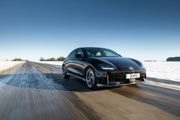




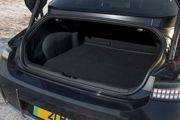



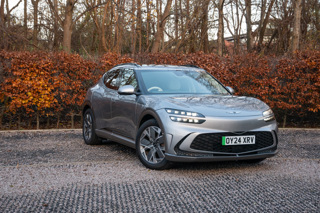
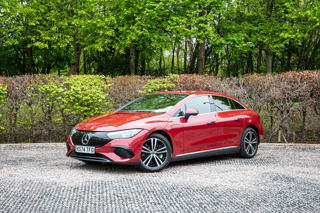

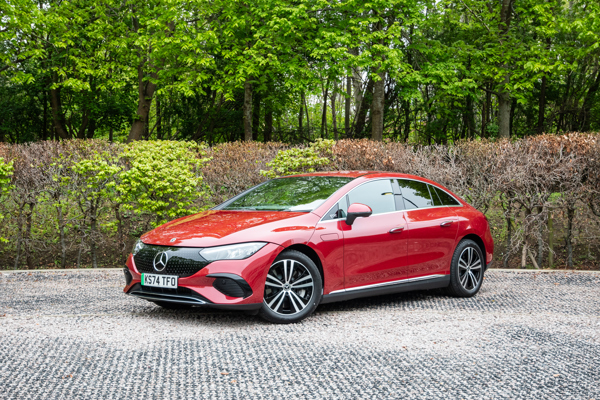
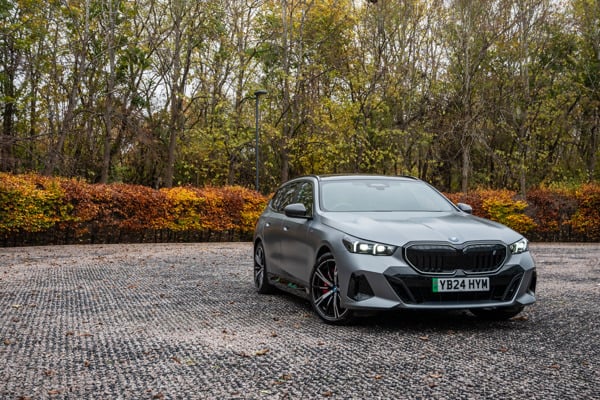
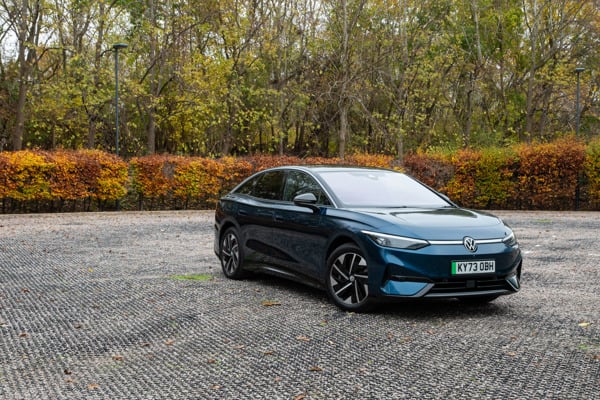
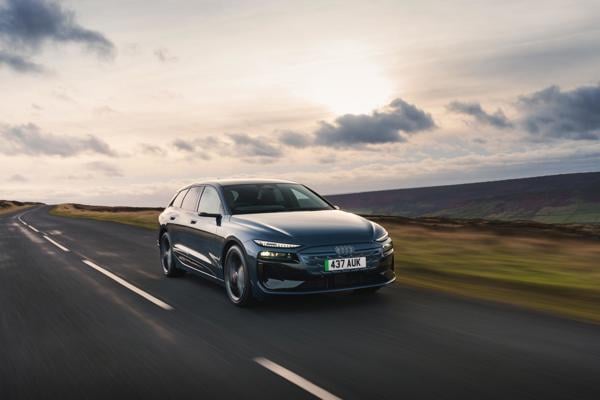
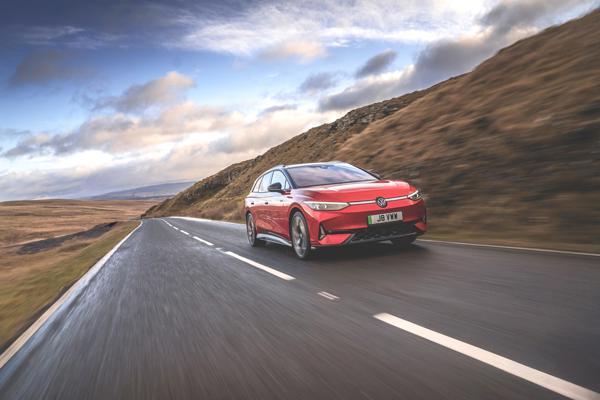

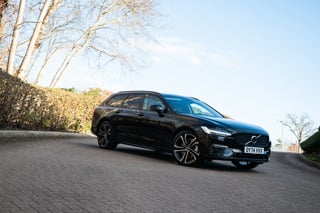















Login to comment
Comments
No comments have been made yet.